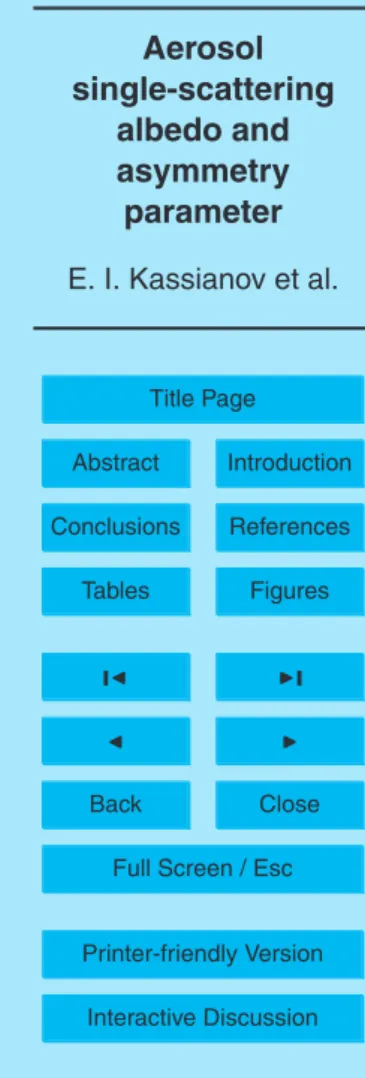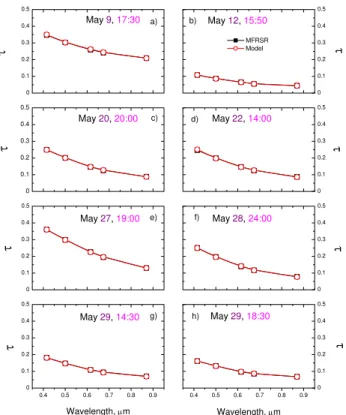Aerosol single-scattering albedo and asymmetry parameter from MFRSR observations during the ARM Aerosol IOP 2003
Texto
Imagem




Documentos relacionados
Real-time depth estimation of benchmark and real captured scene: a “Tsukuba” test set,b real-case camera capture This discrepancy imposes the problem of evaluating the importance of
(2003) to the retrieval of column average aerosol single scattering albedos, ω , from measured direct and di ff use volt- ages in the UV spectral region for three days of
Aerosol mass loading was calculated from the FMPS measurements by applying the determined aerosol density after taking into account the aerosol deposition on the chamber wall
Correlations between aerosol mass concentrations m GM obtained from the low-pressure impactor and aerosol volume obtained from the DMA and OPC in (a) the sub- µ m and (b) the super- µ
C.: Improvement of aerosol optical depth retrieval from MODIS spectral reflectance over the global ocean using new aerosol models archived from 30. AERONET inversion data and
C.: Improvement of aerosol optical depth retrieval from MODIS spectral reflectance over the global ocean using new aerosol models archived from AERONET inversion data and
The results for the spectral single scattering albedo and absorption optical depth for the Mexico City area show a great deal of variability most likely due to aerosol mixtures
The well- predicted aerosol quantities, such as aerosol number, mass composition and optical properties, and the inclusion of full aerosol-cloud couplings lead to
Measurements of total and fine mode fraction (FMF) AOD from the AErosol RObotic NETwork (AERONET) and so- lar irradiance at the surface from the Solar Radiation Net- work

